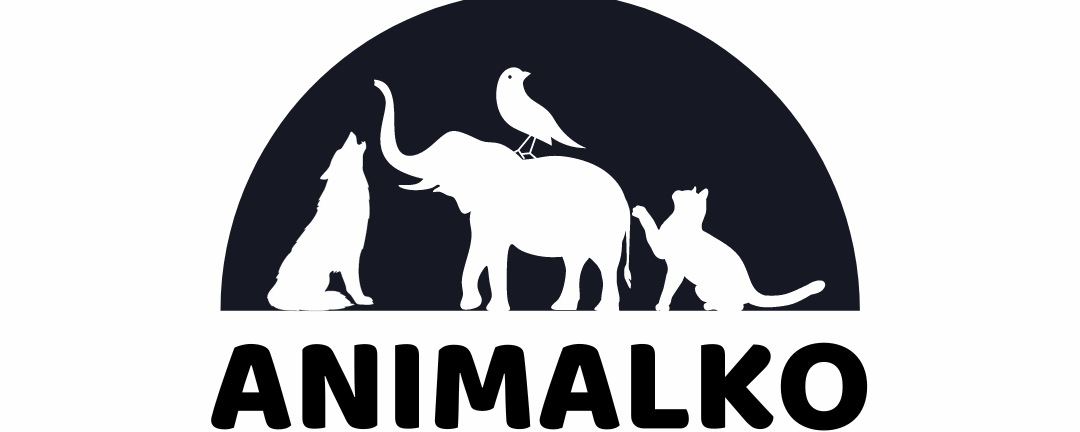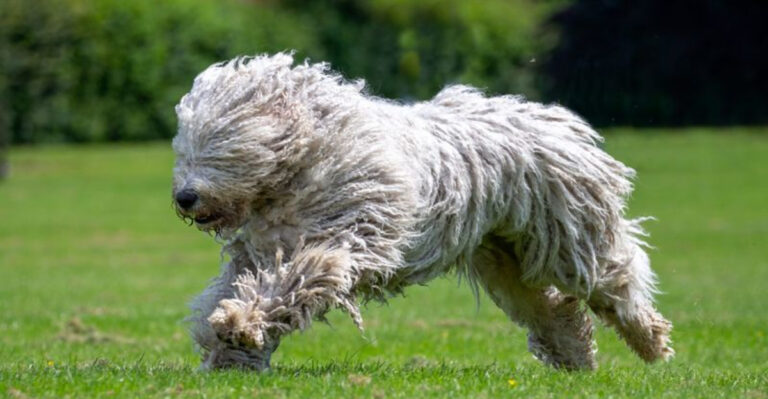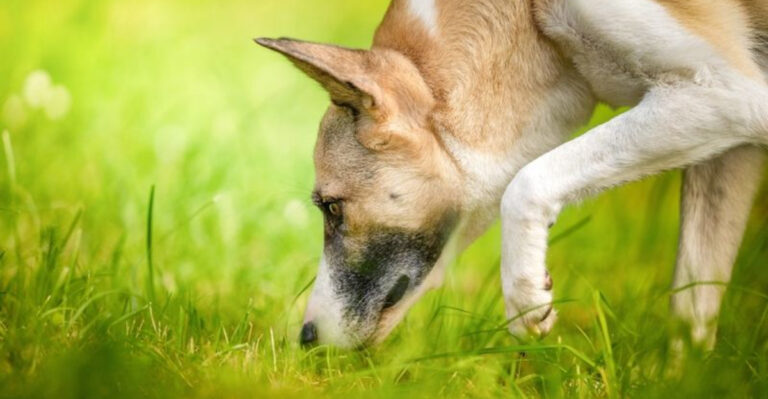17 Common Plants That Are Toxic To Dogs You Must Avoid
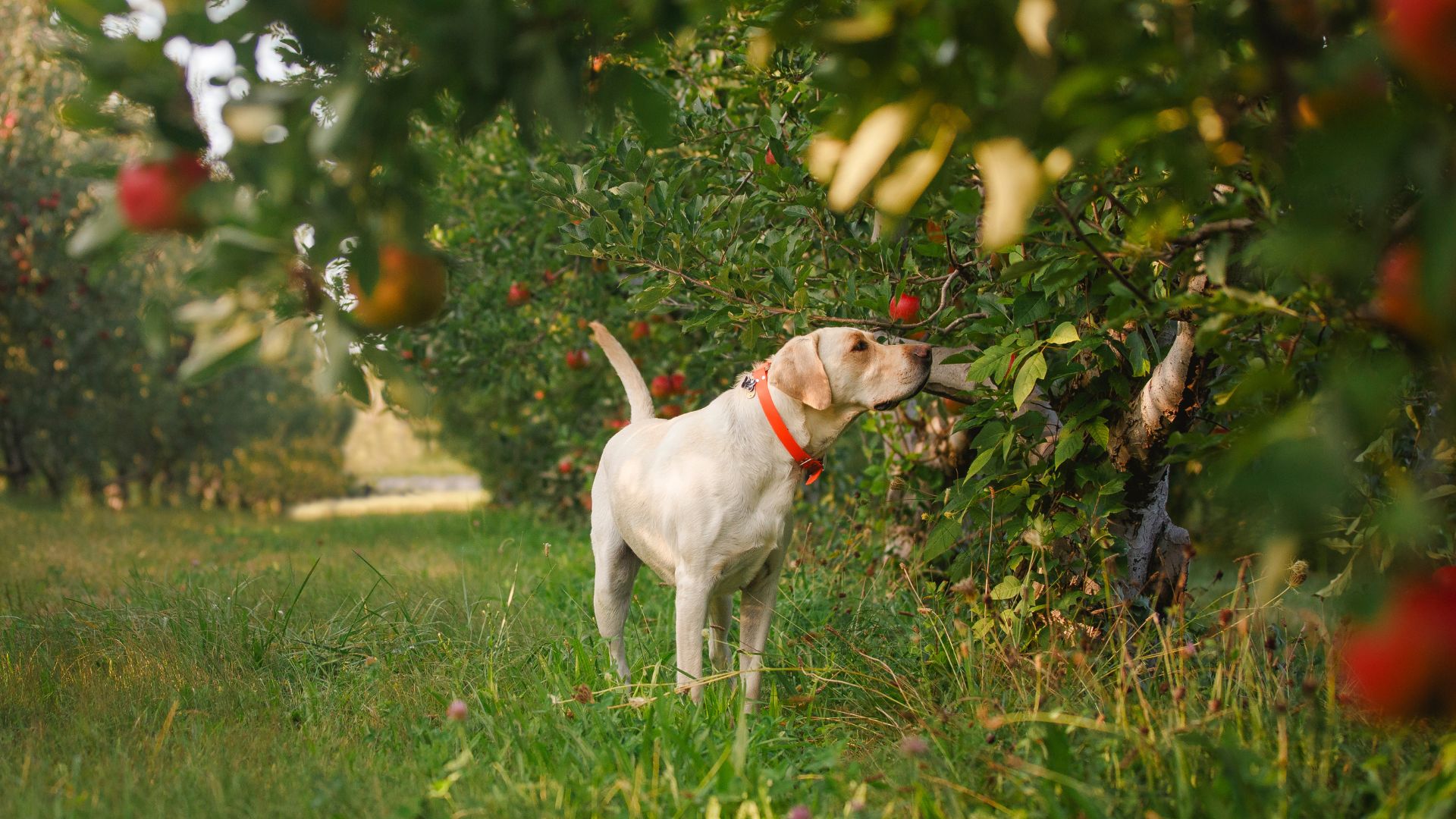
Every year, thousands of dogs are accidentally poisoned by plants. And unfortunately, some of the plants poisonous to dogs can cause serious harm before we even realize they have ingested them.
But don’t worry, fellow dog lovers! With a little knowledge, research, and precaution, we can keep our pups safe and healthy. There are many non-dog-friendly plants that are all over the place.
In this guide, we’ll explore some of the most common plants poisonous to dogs and what symptoms to look out for if your pooch has ingested them.
1. Aloe Vera

Toxic components: saponins, aloin, and anthraquinones
This plant contains a compound called saponin, which can cause quite the ruckus in dogs if ingested in large amounts.
And if that’s not enough, aloe vera also has anthraquinones and aloin that can cause vomiting and watery diarrhea that can be especially dangerous.
This is why I do not recommend that you put topical aloe vera gel on dogs that have scabs on skin. They will most likely try to lick it.
2. Any Sketchy Mushroom
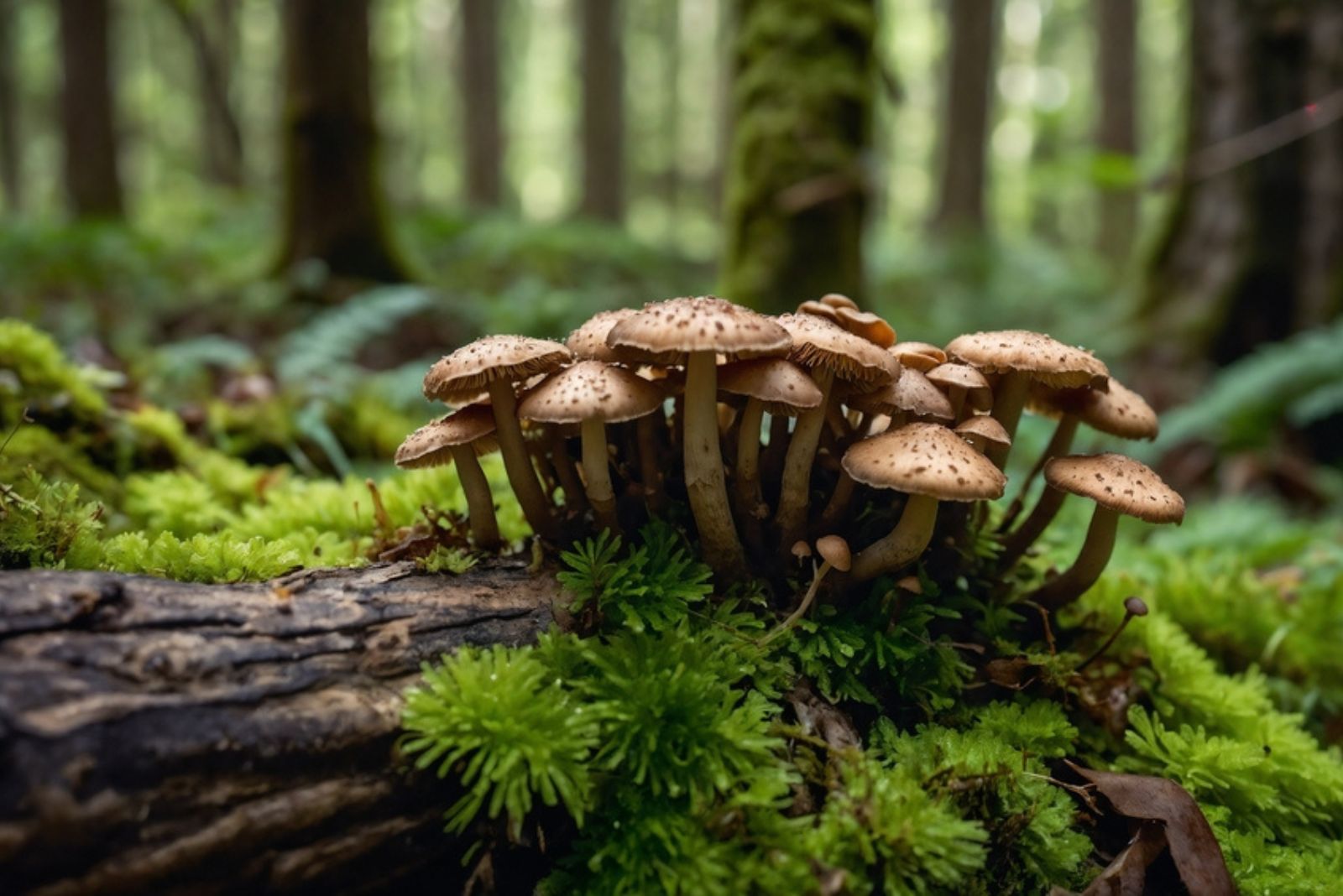
Toxic components: amatoxins, orellanus, muscarine, ibotenic acid, psilocybin, and coprine
Just like in humans, canine mushroom poisoning can put them in a life-threatening condition.
Dogs that spend a lot of time in the wilderness are more likely to unknowingly ingest toxic mushrooms that can cause extreme disorientation, severe diarrhea, vomiting, and even seizures.
3. Azaleas (Rhododendron)

Toxic components: grayanotoxin
Rhododendron plants contain grayanotoxin (GTX) which is a neurotoxin that can put your pup into some serious issues like respiratory distress, hypotension, and complete atrioventricular block.
Grayanotoxin intoxication symptoms include an upset stomach, muscle paralysis, abnormal heart rhythm, and vomiting.
It is worth noting that severe GTX intoxications are pretty rare in dogs, but they can still occur. It is best to avoid this plant overall.
4. Bracken Fern And Emerald Fern (Pteridium Aquilinum And Asparagus Densiflorus)
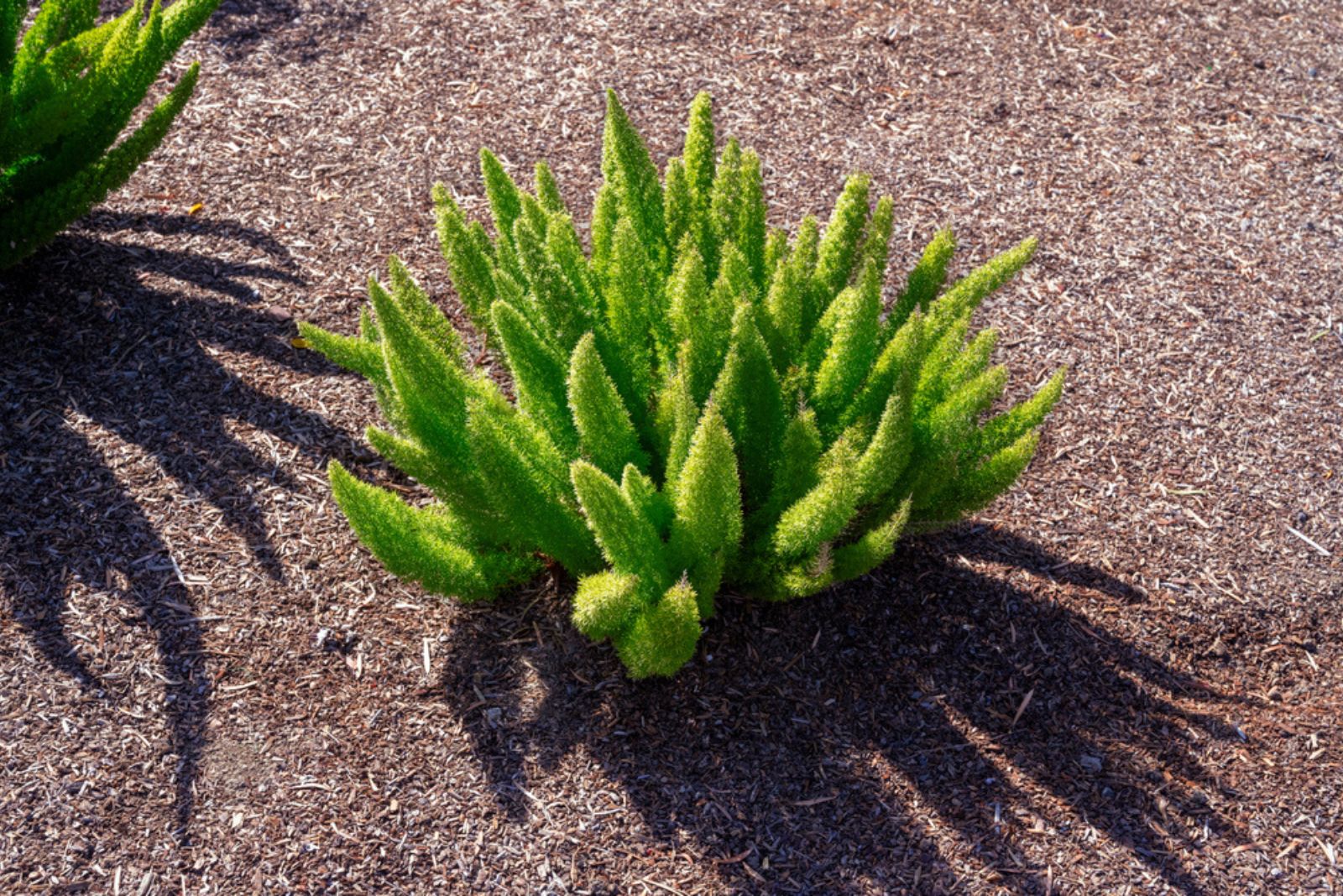
Toxic components: sapogenins
Not all types of fern are bad for dogs, but Bracken fern is definitely the bad guy.
If ingested repeatedly, frequently, and in large amounts, the fern’s toxic compounds can cause your dog to have frequent vomiting episodes, skin dryness and inflammation, change in stool color and consistency, as well as painful abdomen.
5. Castor Bean Or Castor Oil Plant (Ricinus Communis)
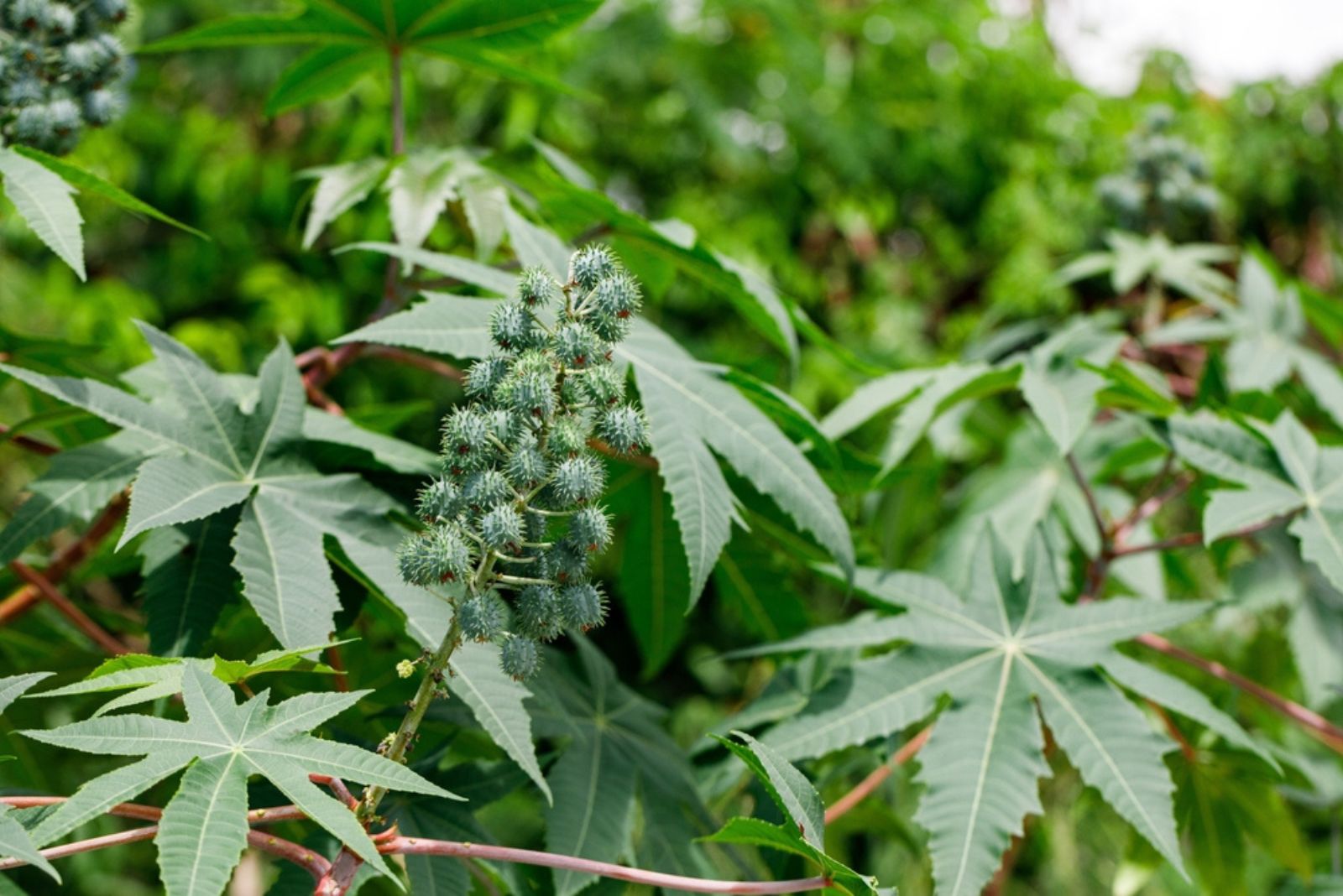
Toxic components: ricin
Castor bean plant (Ricinus oil) may be beneficial for our skin and hair, but your dog won’t have a good time after ingesting it.
Some castor bean plant poisoning in dogs symptoms include bloody diarrhea, abdominal pain, collapse, inflammation of oral cavity, lethargy, and hypotension.
In fact, the toxic component here isn’t the plant itself, but it is the seeds. They contain ricin, which is a toxin that gets inside the dog’s cells and prevents them from producing much-needed proteins.
6. Citrus Plants (Rutaceae Family)
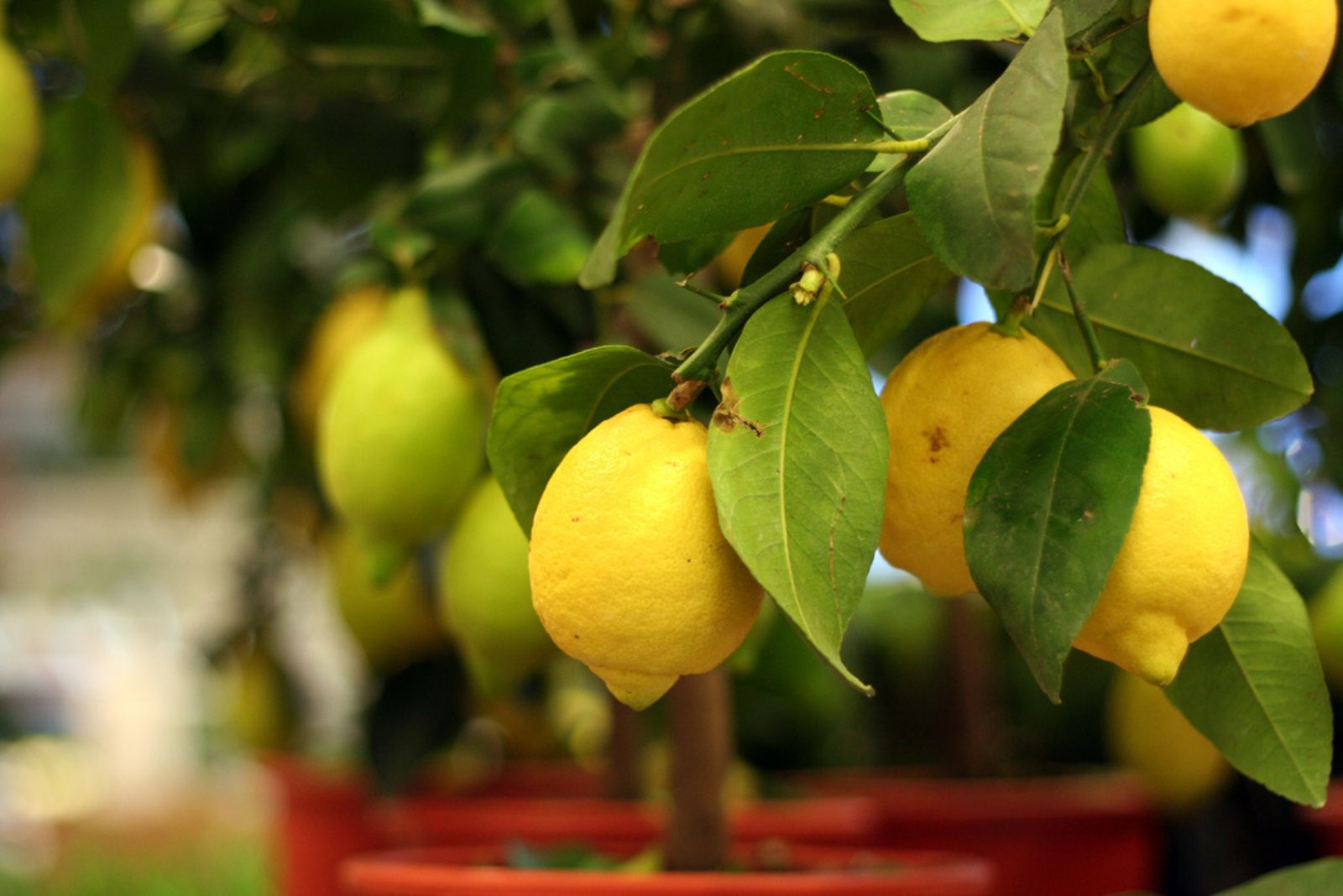
Toxic components: psoralen
Citric acid is a perfect recipe for disaster. It causes gastroenteritis that leads to vomiting, and loss of appetite. All parts of citrus fruit (leaves, stems, seeds, fleshy part, peels) contain toxic compounds.
So, no, your dog can not eat any citrus fruit safely. In case he eats a whole lemon or a bunch of lemon peels, take him to the vet immediately!
7. Cyclamen (Cyclamen Spp.)

Toxic components: triterpenoid saponins
The most dangerous parts of cyclamen plants are the roots. If your pup chews on this plant, it will produce crystals that will cause stingy sensations inside his mouth.
Chewing this plant will lead to excessive drooling, and gagging without throwing up. If ingested, your dog may exhibit profuse diarrhea and vomiting.
8. Dumbcane (Dieffenbachia)
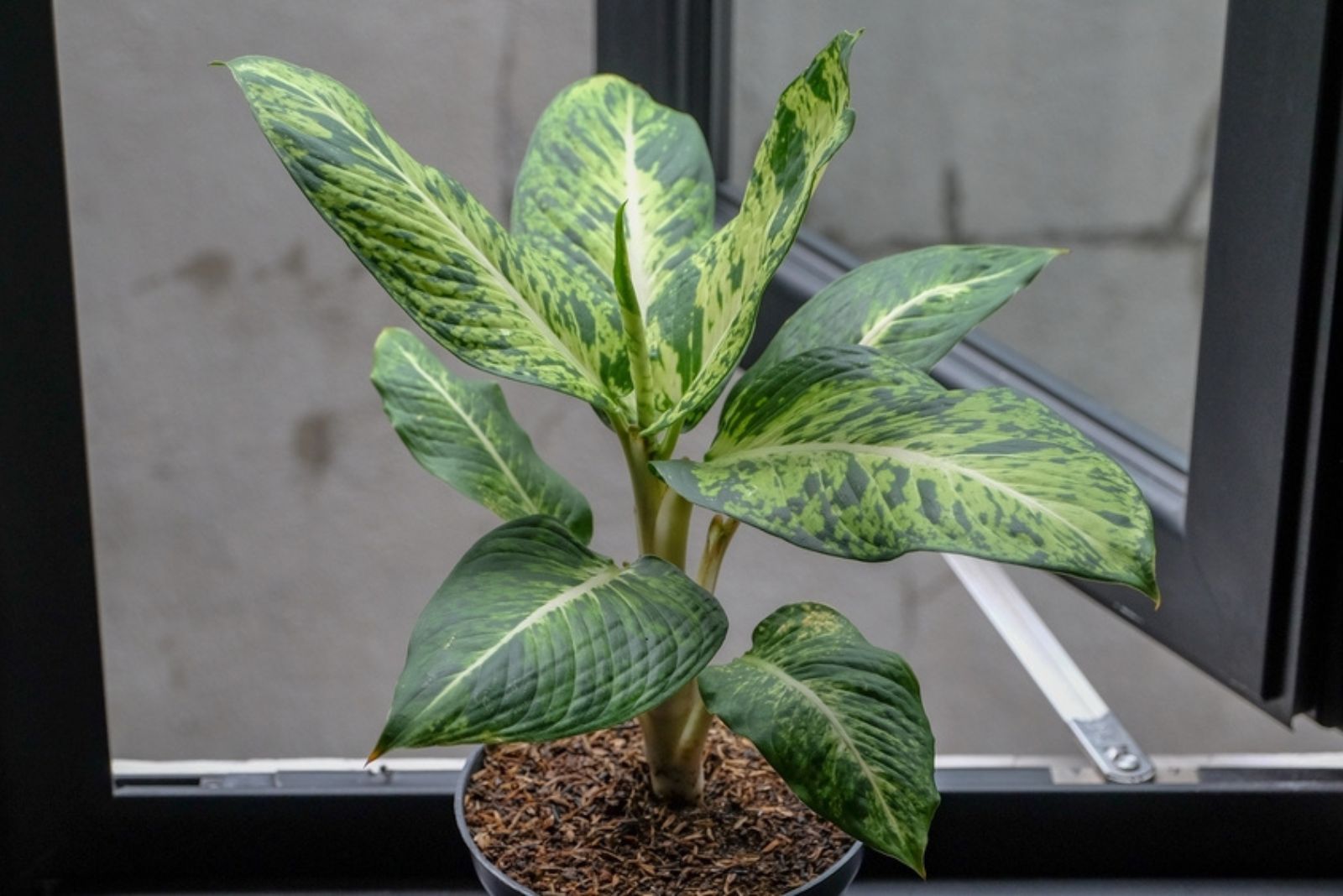
Toxic components: calcium oxalate, oxalic acid, proteolytic enzyme
The calcium oxalate crystals are incredibly irritating to the mouth and throat of our pups.
If a curious pup decides to take a nibble on Dumbcane, they can experience a whole load of unpleasant symptoms like drooling, vomiting, and even difficulty breathing!
9. Elephant’s Ear (Alocasia)
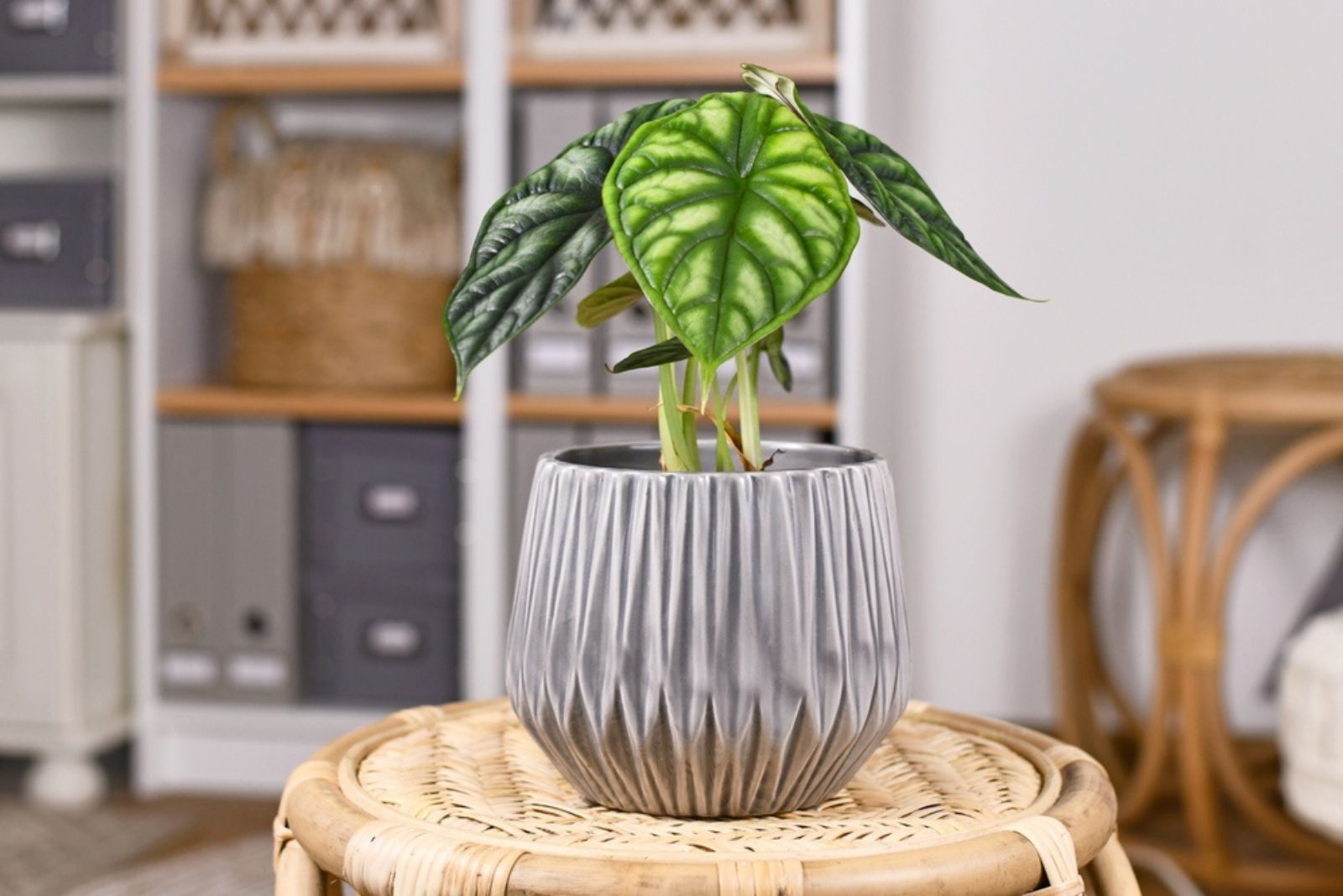
Toxic components: Insoluble calcium oxalates, saponin
Elephant’s ear also contains non-dog-friendly components that cause weird mouth and throat sensations, change of tongue color, drooling, and breathing troubles.
But if your pup decides to rub up against this plant, they can also experience some serious skin irritation and itchiness.
Luckily, this plant tastes awful and our dogs won’t feel the need to continue munching on it.
10. English Ivy (Hedera Helix)

Toxic components: saponin
The berries of the English Ivy plant are more toxic than the leaves, and can cause serious harm if ingested by our canine companions.
As a main culprit of poisoning, saponin causes all sorts of unpleasant symptoms in dogs. If ingested in large amounts, it can lead to vomiting, diarrhea, and even neurological symptoms like paralysis, seizures, and convulsions.
11. Golden Pothos (Epipremnum Aureum)

Toxic components: calcium oxalate
The dangers of Golden Pothos lie in the plant’s sap. If it comes to contact with your pup’s skin, it may cause serious irritation, redness and heat. Imagine how it feels like when your dog chews and/or ingests it!
In fact, the burning sensation and irritation may cause bumps and scabs to form around the dog’s mouth.
12. Hemlock (Conium Maculatum)
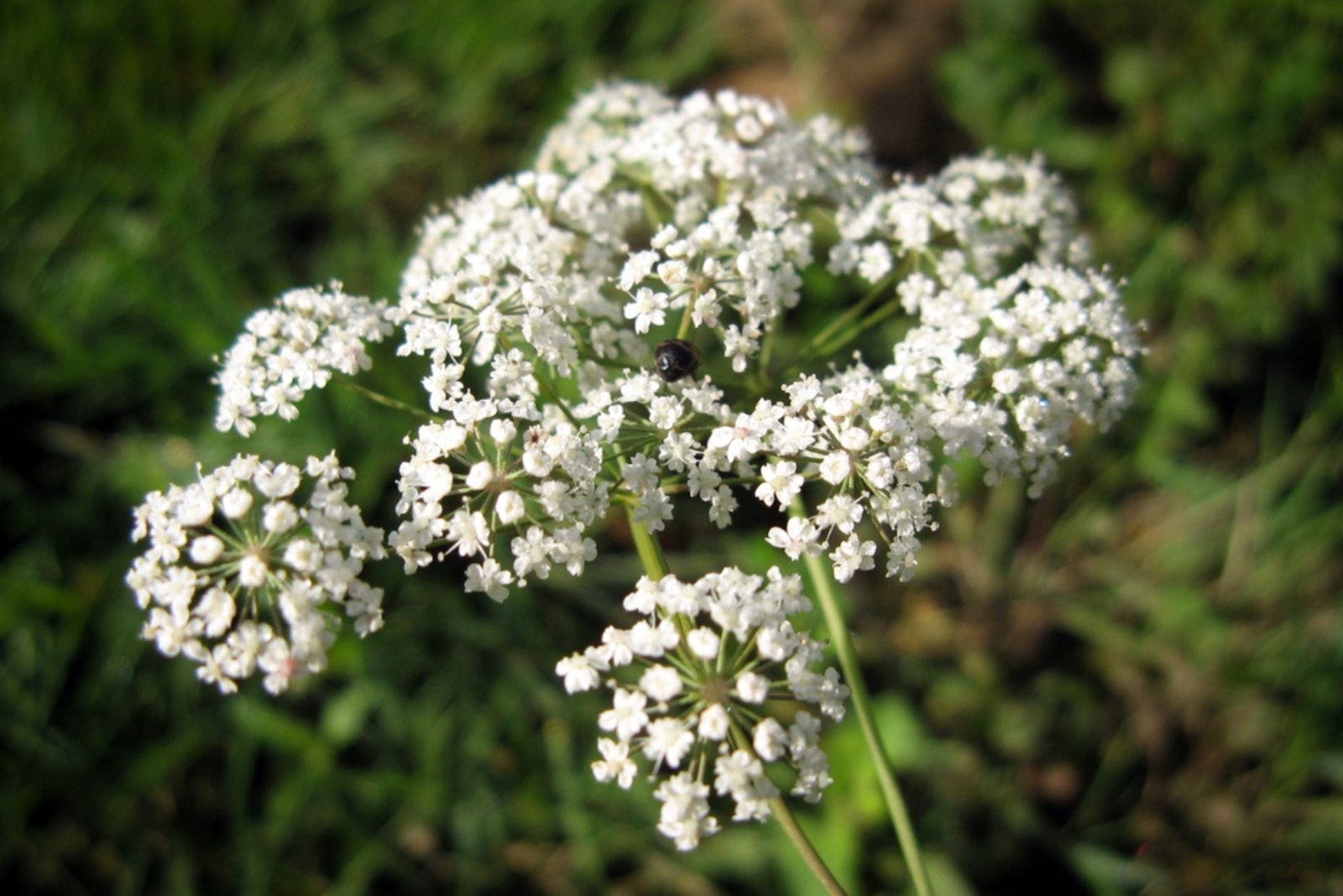
Toxic components: alkaloids, coniine, conhydrine
Hemlock is a toxic member of the carrot family, so it can be easy to mistake for other, non-toxic plants. What’s interesting is that the amount of its toxin tends to be higher when this plant is exposed to the sun.
If a dog ingests the Conium Maculatum plant in large amounts, symptoms such as tremors and vomiting may start appearing as early as 20 minutes.
13. Hibiscus (Malvaceae)

Toxic components: anthocyanin, asparagine, oxalic acid
Hibiscus might be a beautiful flower, but it contains toxic substances that, in large amounts, can cause gastrointestinal upset in dogs. All parts of this plant are poisonous, but the most dangerous part is the bulb.
If your pup decides to chow down on some Hibiscus, they can experience symptoms like vomiting and diarrhea.
Some varieties of Hibiscus can also contain a substance called oxalic acid, which can cause pale gums and blood in urine as symptoms of kidney failure.
14. Lily Of The Valley (Convallaria Majalis)
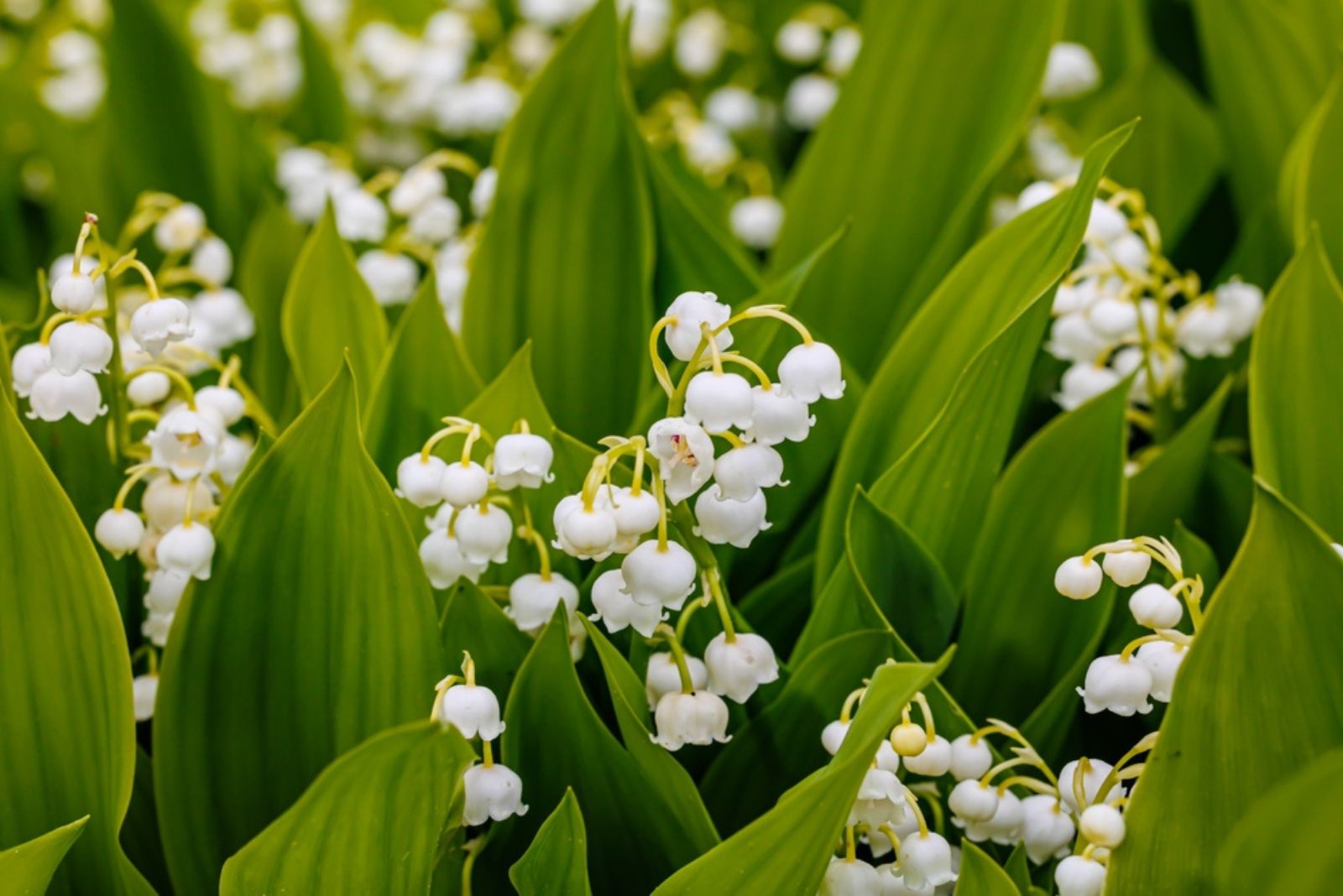
Toxic components: cardenolides, cardiac glycosides, convallarin, saponin
Don’t be fooled by Lily’s beautiful appearance. This plant is so poisonous that if your dog chomps on it, he might start puking his guts out. Her toxins go straight for the heart and start wreaking havoc. Your dog may experience heart palpitations, and feeling dizzy and disoriented.
In extreme cases, it could even send them into a full-blown seizure or a coma!
15. Marijuana (Cannabis Sativa)

Toxic components: tetrahydrocannabinol
Marijuana is poisonous to dogs, and can have some serious consequences.
You see, THC, the active ingredient in marijuana, affects dogs differently than humans. Only a tiny amount can cause symptoms like lethargy, wobbliness, vomiting, and even seizures.
So, if you can’t get your dog unstoned, make sure to call your vet for help!
16. Amaryllis
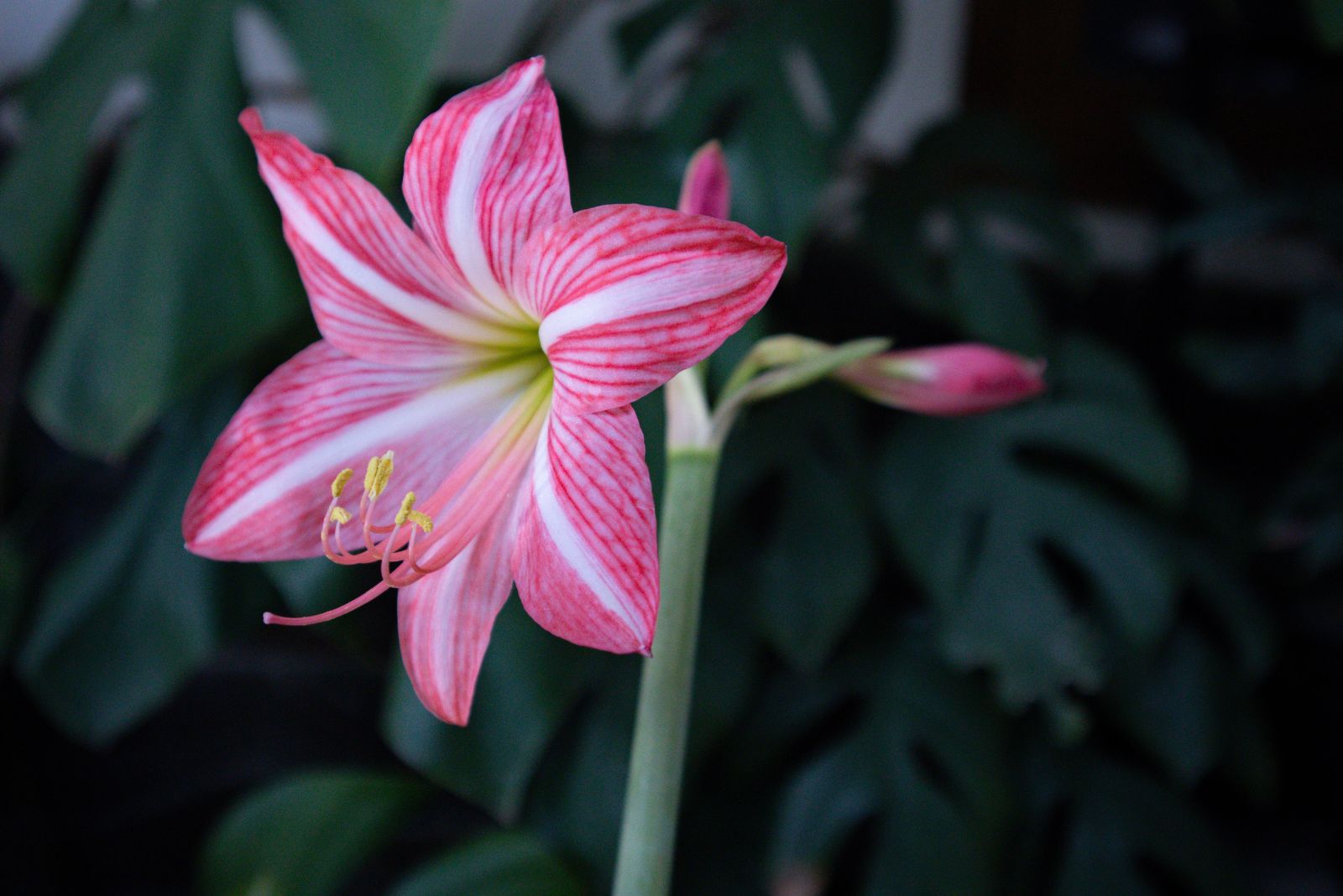
Amaryllis plants are beautiful with their vibrant, trumpet-shaped flowers, but they pose a significant danger to dogs. The bulbs of the Amaryllis are especially toxic, containing substances like lycorine and other alkaloids that can cause severe reactions in dogs.
Ingesting even a small amount of the bulb can lead to symptoms such as excessive drooling, vomiting, and diarrhea. In some cases, dogs may also experience lethargy, abdominal pain, and loss of appetite.
The severity of the reaction depends on the amount ingested, but the bulbs are the most concentrated and therefore the most dangerous part of the plant.
While the flowers and leaves also contain toxins, they are less potent. If you suspect your dog has consumed any part of an Amaryllis plant, immediate veterinary attention is necessary to prevent complications and ensure your pet’s safety.
17. Autumn Crocus

The Autumn Crocus, despite its delicate and charming appearance, is one of the most toxic plants to dogs.
It contains colchicine and other alkaloids, which are highly poisonous and can have life-threatening effects even in small amounts. Ingestion of any part of the plant can cause severe gastrointestinal distress, including vomiting, diarrhea, and abdominal pain.
More concerningly, colchicine toxicity can lead to kidney and liver damage, respiratory failure, and bone marrow suppression. Symptoms may not appear immediately and can take hours or even days to manifest, making it crucial to seek veterinary help as soon as possible if ingestion is suspected.
The delayed onset of symptoms combined with the plant’s extreme toxicity makes the Autumn Crocus particularly dangerous. Keeping this plant out of reach or entirely out of your home and garden is essential to protect your dog from accidental poisoning.
